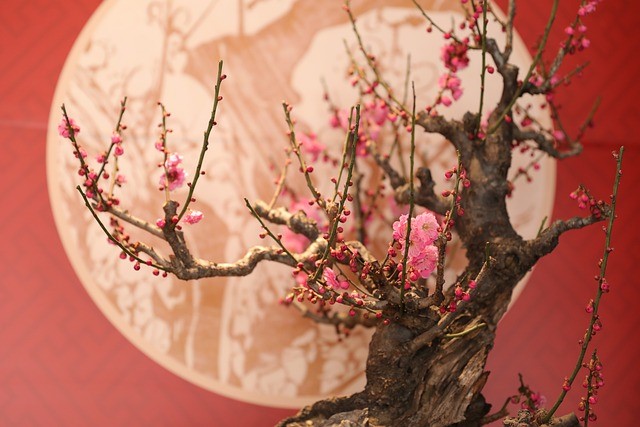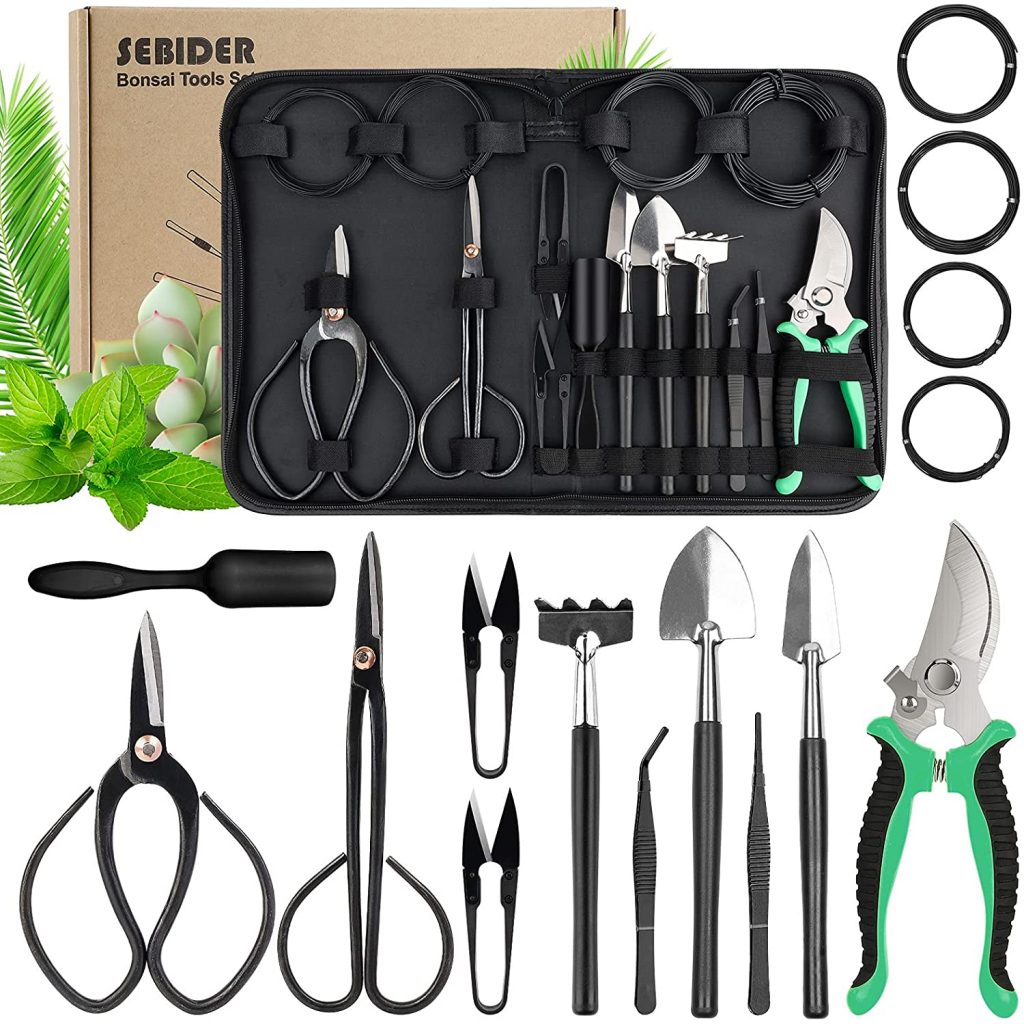What are the Best Bonsai Tree Pruning Techniques? ( Master the Art of Shaping and Trimming)
The best bonsai tree pruning techniques include regular trimming, wiring for shaping, and defoliation for promoting growth. These techniques help maintain the size and shape of the bonsai tree, ensuring its health and aesthetic appeal.
Pruning involves cutting away unwanted branches, while wiring helps bend and train branches into desired positions.
Defoliation involves removing leaves to stimulate new growth and reduce leaf size. These methods require precision and skill, as well as knowledge of the specific needs of each bonsai species.
By employing these techniques effectively, bonsai enthusiasts can create and maintain beautiful, miniature trees that capture the essence of nature in a unique and captivating way.
Why Is It Necessary To Proper Bonsai Tree Pruning Techniques?
Understanding the significance of pruning in bonsai tree care is essential for any bonsai enthusiast. Pruning not only enhances the overall health and aesthetics of a bonsai tree but also plays a crucial role in its development.
Pruning helps maintain the desired shape and size of the bonsai tree by removing unwanted growth and shaping the branches.
This technique promotes a more balanced and harmonious visual appeal, making the tree look more like a miniature version of its larger counterpart in nature.
Moreover, pruning supports the health of the bonsai tree by removing dead or diseased branches and allowing more sunlight and air circulation throughout the tree.
By eliminating unnecessary foliage, the bonsai tree can allocate more resources toward new growth and overall vitality.
Additionally, proper pruning techniques impact the development of the branches and trunk. By selectively removing specific branches, the bonsai tree can be trained to grow in a particular direction, creating an intricate and artistic design.
Regular pruning encourages the formation of new branches and promotes a more balanced structure.
Overall, mastering the art of bonsai tree pruning is crucial for maintaining the health and aesthetics of these beautiful miniature trees.
Essential Tools For Bonsai Tree Pruning
- Pruning Shears: There are different types of pruning shears available, each with its specific purpose. For smaller branches and delicate pruning, bypass shears are ideal, while anvil shears are better suited for thicker branches.
- Concave Cutters: These specialized tools are used for precise and clean cuts, particularly when removing branches close to the trunk. They create a concave shape that allows for faster healing and minimizes scarring.
- Saws: In more advanced pruning techniques, saws are employed to tackle larger branches. They come in various sizes, with fine-toothed saws used for intricate work and larger saws for heavier pruning.
In order to achieve the best results in bonsai tree pruning, it is essential to select the appropriate tools for the task at hand.
Using high-quality pruning instruments ensures clean cuts, prevents damage to the tree, and promotes healthy growth.
Whether it’s choosing the right type of pruning shears or employing specialized tools like concave cutters and saws, having the correct equipment is crucial for the success of your bonsai tree pruning endeavors.
Basic Bonsai Tree Pruning Techniques For Beginners
Pruning is an essential practice in bonsai tree maintenance, and understanding the branch structure is crucial before starting the pruning process.
It allows you to identify which branches to keep and which ones to remove, resulting in the desired shape and overall aesthetics of the bonsai.
There are several techniques that beginners can employ to shape and trim their bonsai trees:
| Branch Pruning | Removing unnecessary or unwanted branches to enhance the tree’s structure and create a visually appealing design. |
| Leaf Pruning | Thinning out leaves to maintain the balance between foliage and branches, promoting better air circulation and preventing overcrowding. |
| Bud Pinching | Removing buds or pinching off new growth to redirect energy to specific areas and encourage the development of desired shapes. |
Pruning Bonsai Tree Species: Tips And Considerations

Bonsai trees require specific pruning techniques that vary based on the species. Understanding the species-specific pruning techniques for popular bonsai tree varieties is essential for maintaining the health and aesthetic appeal of these miniature plants
| Bonsai Tree Species | Pruning Techniques |
| Pine Bonsai | Remove old needles, trim unnecessary branches, and shape the tree according to its natural growth habit. |
| Juniper Bonsai | Thin out dense foliage, pinch back new growth and style the tree to enhance its characteristic rugged appearance. |
| Maple Bonsai | Prune during dormancy, remove branches with weak growth and shape the tree to showcase its captivating foliage. |
Adapting pruning techniques based on the growth habits and characteristics of different tree species is crucial.
For instance, coniferous trees require careful needle pruning, while deciduous trees necessitate branch refinement. The desired form and style of the bonsai tree also play a vital role in determining the specific pruning approach.
Timing is another significant factor to consider when pruning specific bonsai tree species.
Pruning Bonsai Trees: Dos And Don’ts
Bonsai tree pruning is an essential practice for maintaining the health and aesthetics of these miniature trees. To achieve optimal results, there are certain dos and don’ts that every bonsai enthusiast should follow.
Firstly, it is important to prune regularly to maintain the desired shape and ensure proper airflow and sunlight penetration.
When pruning, it is crucial to use sharp and clean pruning tools to avoid causing unnecessary damage to the tree.
Additionally, pruning should be done during the appropriate season, as different species have different growth patterns throughout the year.
There are several misconceptions and myths surrounding bonsai tree pruning that need to be debunked.
Contrary to popular belief, cutting off large branches is not necessary for bonsai tree pruning and can potentially harm the overall health of the tree.
It is also important to note that wounds from pruning should not be covered with sealant, as this can hinder the natural healing process.
When pruning bonsai trees, it is crucial to strike a balance between artistry and tree health. Maintaining the shape and style of the bonsai while promoting the tree’s overall well-being is essential.
Remember to remove any dead or weak branches to redirect energy towards the healthy parts of the tree.
Regularly inspecting the tree for any signs of disease or pests is also important to ensure prompt action if needed.
Frequently Asked Questions
When Is The Best Time To Prune A Bonsai Tree?
The best time to prune a bonsai tree is during its dormant season, typically in late winter or early spring. Pruning during this time minimizes stress on the tree and allows it to focus on new growth when warmer weather arrives.
How Should I Prune The Branches Of A Bonsai Tree?
When pruning the branches of a bonsai tree, it is important to use sharp and clean tools. Start by identifying which branches need pruning based on the desired shape and balance. Make a clean cut at a 45-degree angle just above a branch node or bud, ensuring the cut is flush with the main branch or trunk.
Conclusion
To achieve beautifully shaped bonsai trees, mastering proper pruning techniques is essential. By understanding the specific needs of different bonsai species and employing techniques like branch trimming, crown reduction, and root pruning, you can promote healthy growth and maintain the desired aesthetic.

